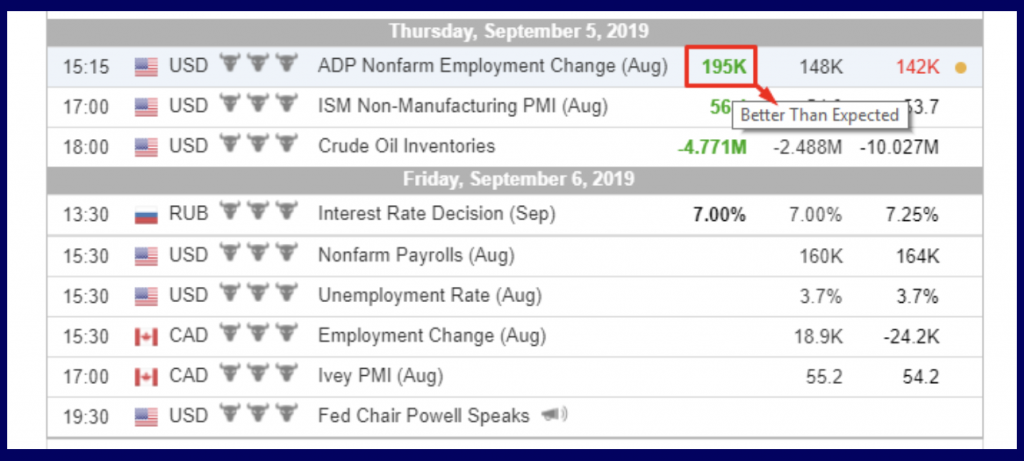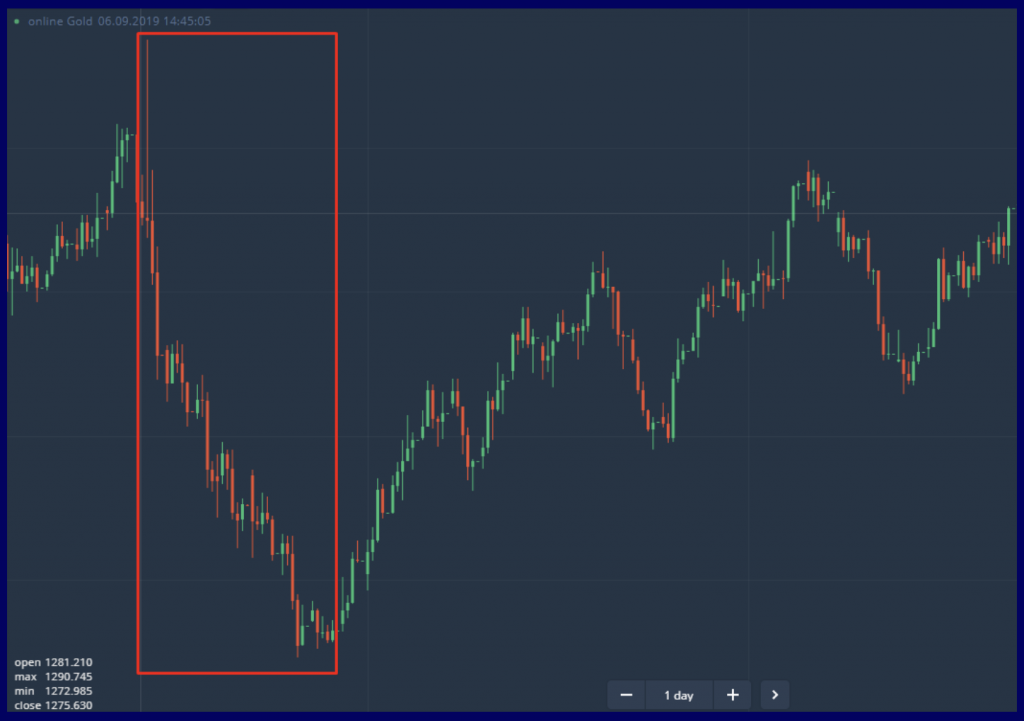Decentralized markets are open 24 hours per day, 5 days per week. Currency pair quotes are constantly changing due to traders continuously buying and selling currencies across the globe.
FX assets do however have peculiarities based on time and in this article, these variations will be explored in some detail.
Time zones
The biggest financial centers in the world have separated the market into 4 trading sessions based on working hour differences: European, Asian, Pacific and American.
Generally, a specific currency’s peak trading activity is linked to its “native” trading session, i.e. the Australian and New Zealand dollars are more active during the Pacific session and the yuan and yen are more volatile during the Asian session. As the American trading session is generally the most active, it is seen as the best time for day trading.
The times for the trading sessions are shown in the table below. Surges in volatility do however tend to happen a bit later or earlier in any currency markets.
| Trading session | Exchanges | Time (GMT) |
| Asian | Tokyo, Hong Kong, Shanghai, Seoul | 00:00 — 08:00 |
| European | London, Frankfurt, Zurich | 06:00 — 16:00 |
| American | New York, Chicago | 15:00 — 23:00 |
| Pacific | Wellington, Sydney | 22:00 — 07:00 |
Economic calendars
Many novice traders are not sure what they should follow or look for when trading FX. Experienced investors use the economic calendar, one of the best resources for traders, before they start trading. A schedule of all important economic releases for most countries is shown in the calendar.
As traders globally wait for news to be released as per the calendar, releases tend to generate really strong reaction. On September 5 for example, the USD rose significantly after the APD report for new jobs was released. The result came in better than expected.

Key news releases include:
- GDP reports.
- Central bank interest rate decisions.
- Consumer price index.
- Employment rate.
The number of bullheads shown with an event indicates its importance. Three bullheads mean that the event is seen as very important, while an event with only one bullhead is not likely to generate much, if any, market reaction.
It is however logical that a trading day will be more active on days when more calendar releases are published.
Days of the Week
The day of the week also has an effect on the volatility of trading. This fact is highlighted by statistics, and the economic calendar allows traders to link days to volatility.
If a country for example start publishing their monthly GDP report on a Thursday rather than a Wednesday like they always did, the market volatility will shift to Thursday gradually. This then means that traders are more likely to make a profit on Thursday, rather than on a Wednesday.
The table below shows the days when the main currency pairs are more or less volatile.
| Currency pair | High volatility | Low volatility |
| EUR/USD | Thursday, Friday | Tuesday |
| GBP/USD | Tuesday, Thursday | Monday |
| AUD/USD | Wednesday, Thursday | Monday |
| NZD/USD | Wednesday | Tuesday |
| USD/CAD | Wednesday, Friday | Monday |
| USD/JPY | Wednesday, Thursday | Tuesday |
| USD/CHF | Wednesday, Thursday | Tuesday |
Traders that do higher trading volumes should be aware when it is better for them not to trade, and on which days they are more likely to make a profit.
Elections
During the 2016 US presidential race, the volatility of gold increased dramatically. A flat that had lasted for many months turned into a two-month bearish trend. If a trader had opened a $100 short position using the x100 multiplier at a price of 1237.00 and closed it at 1132.00, he would have made more than $1000 in profit.

Traders can take advantage of this phenomena, if European countries such as France and Germany, or Russia, the US, Japan, Australia, and others are scheduled to hold elections, parliamentary or presidential.
Fiscal year
Governments and companies use a fiscal year to plan their budgets. At the start of a new fiscal year, they may make new strategic decisions that will affect various assets, including exchange rates.
The fiscal year for the US runs from October 1 to September 30 the next year. This is part of the reason why volatility increases in autumn, and experienced traders wait for it.
Interestingly, a number of dramatic events actively developed from September to December through history, including Black Monday in 1987, the Great Depression, and the 2008 financial crisis.
Tips & Tricks
Work from A Trading Plan
With your newfound knowledge of the time factors that have an effect on trading, you can now set up a quality trading plan. Specify the times when you should be trading and when you should wait before starting to trade.
Using Historical Data
A historical chart for your preferred assets will help you identify most of the peculiarities associated with that asset. Many traders use historical charts to find patterns, including those related to specific times. Historical data can also be used to test new strategies or technical analysis.
Don’t Open Positions Directly After the News is Released
Market conditions tend to be very different about 5 to 10 minutes before and after news is released. Avoid opening trades that may incur extra fees or at prices that are far different than normal by not trading during this time. There are however traders that prefer the high risks and they will specifically choose these times to trade. Do what works best for you.